South Louisiana mallows
madabouteu
20 years ago
Related Stories
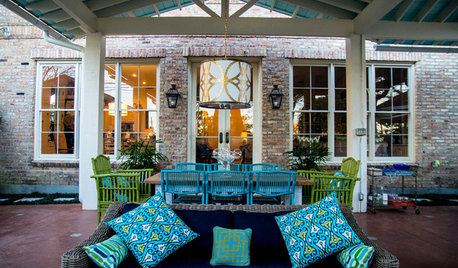
PATIOSRoom of the Day: Vacationing at Home in Louisiana
With a fireplace, kitchen, dining area and living room–style seating, this New Orleans patio brings the indoors out
Full Story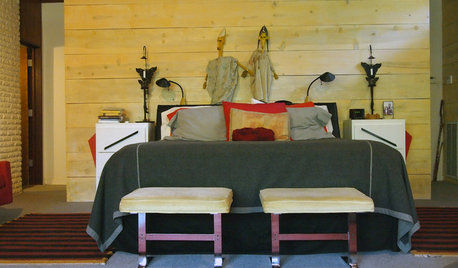
HOUZZ TOURSMy Houzz: African Art and Midcentury Style in a Louisiana Home
Global mementos and classic modern furnishings come together in a couple’s one-of-a-kind home and artist’s studio-residence
Full Story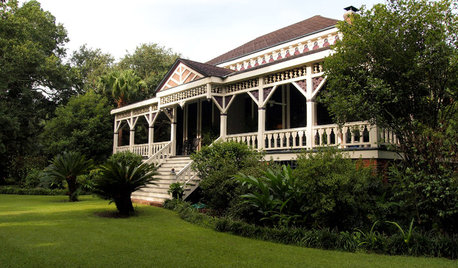
MY HOUZZMy Houzz: Heritage in a New Set of Hands at Louisiana Plantation House
A young couple put their stamp on a Victorian family home that's rich in history, heirlooms and Southern charm
Full Story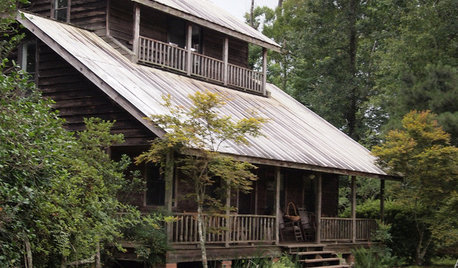
MY HOUZZMy Houzz: Rustic Charm in Rural Louisiana
See how wood warms the interior of this idyllic cabin getaway for art gallery owners
Full Story
HOUZZ TOURSMy Houzz: Stately Southern Charm in a Federalist-Style Home
Moss-covered oak trees, European antiques and contemporary style set off this Louisiana home
Full Story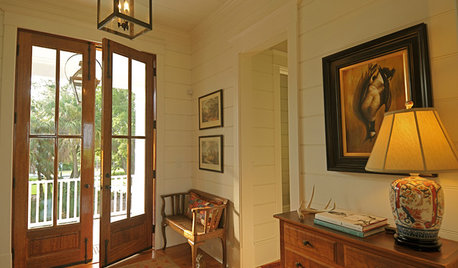
HOUZZ TOURSHouzz Tour: Living the Good Life, Lowcountry Style
Peek inside a South Carolina home designed for comfort, livability and style
Full Story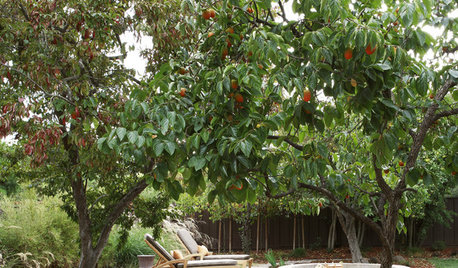
SOUTHWEST GARDENINGTexas Gardener's December Checklist
Northern neighbors may be hibernating, but in the South it's time to lavish care on fruit trees, flower seeds and bulbs
Full Story
DECORATING GUIDESRoom of the Day: Cherished Objects Personalize a Living Room
A designer decorates with gifts and mementos collected during her family's time abroad
Full Story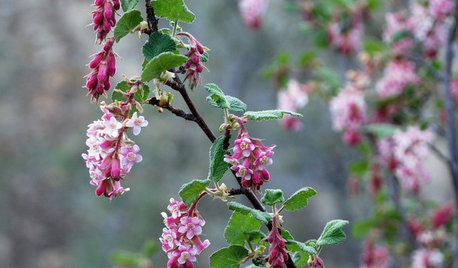
GARDENING GUIDESGreat Design Plant: Ribes Malvaceum
Plant pink chaparral currant for graceful winter tassels and an excuse to make black currant tarts
Full Story
HOUZZ TOURSMy Houzz: Luminous and Low Maintenance in New Orleans
See the new build that replaced a hurricane-ravaged house, beginning a new chapter for a retiring couple
Full Story





bayoufever
SprightlyGreen
Related Professionals
Maple Valley Landscape Architects & Landscape Designers · Franconia Landscape Architects & Landscape Designers · Piqua Landscape Architects & Landscape Designers · Allentown Landscape Contractors · Tempe Landscape Contractors · Burlington Landscape Contractors · Cambridge Landscape Contractors · Corona Landscape Contractors · Fort Wayne Landscape Contractors · Inglewood Landscape Contractors · Mission Bend Landscape Contractors · Oak Forest Landscape Contractors · Thornton Landscape Contractors · Quartz Hill Landscape Contractors · Bull Run Specialty ContractorsmadabouteuOriginal Author
clarfitz
bigeasyjock
greenelbows
madabouteuOriginal Author
greenelbows
bigeasyjock
sherri_louisiana
nanadeb1
User